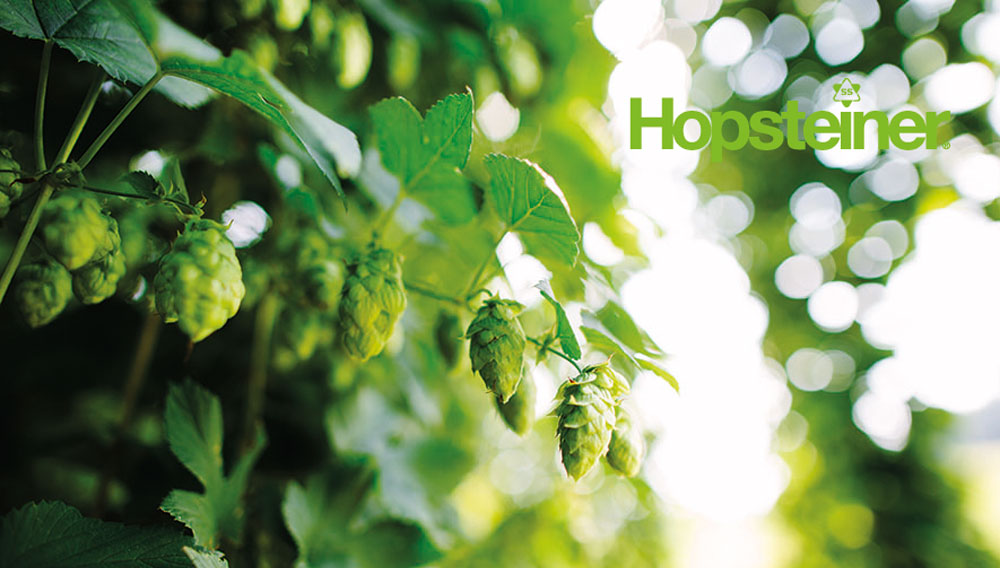Update on EBC methods related to craft beer
Technical support | When compared to regular hop addition during wort boiling, late and especially dry hopping make the composition of beer more complex and diverse, which requires additional analytical methods. For this purpose, two new methods are now recommended by the European Brewery Convention (EBC). At the same time, the precision values given for BU (Bitterness Units) measurement have been updated. They now cover also higher ranges as typical to dry-hopped beer.
For the analysis of hop-derived aroma components in beer many different methods are published (1). One of them is now recommended by the EBC as a guideline method (2a). The main difficulty for measuring volatiles is their low concentration in beer requiring sophisticated equipment to achieve reliable results, i.e. a gas chromatograph interfaced with a mass spectrometer (GC-MS). In the recommended EBC method, GC-MS is combined with headspace-trap auto-sampling which allows quantitative extraction of aroma components before GC injection.
Another challenge coming up with craft beer is the analysis of more bitter compounds than just iso-alpha acids. Via dry hopping hop substances like alpha acids and their oxidation products (humulinones) are directly transferred to beer in considerable concentrations (up to 30 mg/l or sometimes even more!). Based on the existing method Analytica-EBC 9.47, both EBC and ASBC (American Society of Brewing Chemists) now recommend a new International Method (IM) on the analysis of bitter compounds in dry-hopped beers by HPLC combined with UV detection (2b, 3a). Measuring more than just iso-alpha acids, now it´s easier to judge the true bitterness of craft beer. It is wellknown that humulinones exhibit about 2/3 of bitterness intensity as compared to iso-alpha acids whereas alpha acids show about 1/10.
Finally, the range for precision values presented in the EBC Bitterness Units method has been enlarged (2c). Previously it covered only beers with BU ranges from 13 to 36. Now repeatability (r95) and reproducibility (R95) values are also given for beers with 37 to 72 BU. This new data comes from an international collaborative trial with dry-hopped beers.
Literature
1. Rettberg, N., Biendl, M., and Garbe, L.-A. (2018). Hop aroma and hoppy beer flavor: Chemical backgrounds and
analytical tools – a review. J. Am. Soc. Brew. Chem. 76: 1-20.
2. European Brewery Convention (EBC), Brussels, Belgium. Analytica-EBC, brewup.eu/ebcanalytica:
a) Beer Method 9.49. Hop aroma components in beer by headspace-trap gas chromatography (Guideline Method) - 2018.
b) Beer Method 9.50. Bitter compounds in dry-hopped beer by HPLC (IM) - 2020.
c) Beer Method 9.8. Bitterness Units (BU) of beer (IM) - 2020.
3. American Society of Brewing Chemists (ASBC), St. Paul, MN, USA. ASBC Methods of Analysis, online: Beer Method 23-G. Bitter compounds in dry-hopped beer by HPLC (IM). Released 2020.
If you need any further information, please contact us: .



